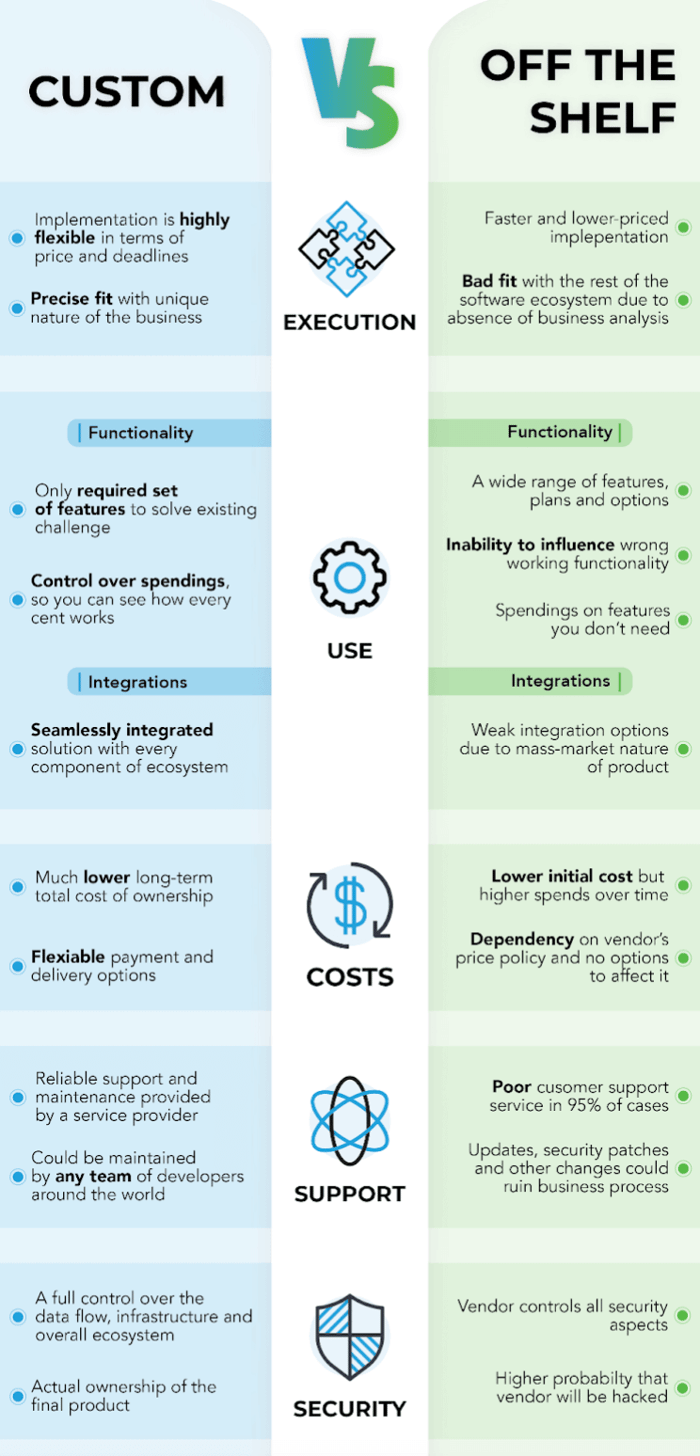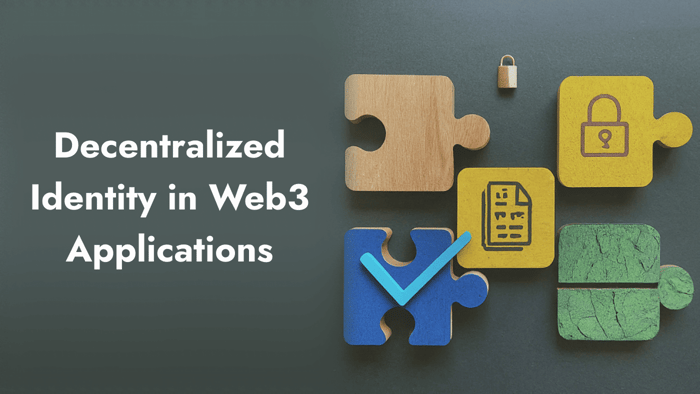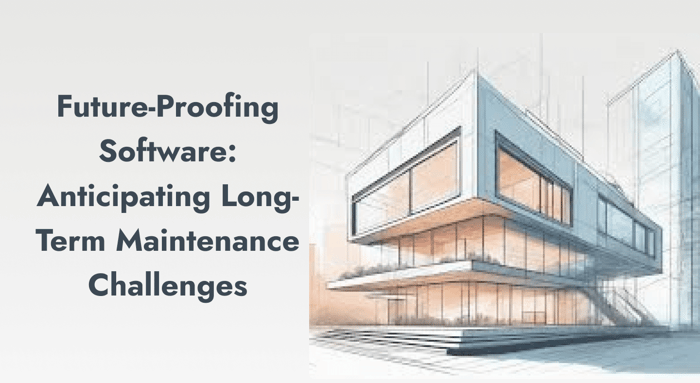Learn how to modernize your legacy systems to align with industry trends and standards
Businesses are realizing how important it is to keep up with the latest technology. But many companies are held back by old, outdated systems that make it hard for them to adapt and improve. These older systems, known as "legacy" systems, used to be the foundation of how companies operated, but now they create problems as customer needs and new technology change.
This article discusses the urgent need to update and modernise these old systems. We'll explain what makes a system "legacy" and talk about the problems it causes, like security issues and not working well with newer technology. Most importantly, we'll show how updating these systems can create new chances for companies to grow and succeed.
As businesses start using AI, data-driven insights, and new ways of doing business, it's becoming clear that they need to update their internal systems. It's not enough to see IT as just a cost; it should be seen as a valuable tool that helps companies succeed.
Understanding Legacy Systems
Legacy systems, like old computer programs and outdated ways of doing things, can make it hard for companies to keep up with new technology. To stay competitive, businesses need to figure out how to deal with these old systems. Legacy systems can slow things down, cost a lot to maintain, and make it tough to grow and change.
Common Types of Legacy Systems
- Hardware: Outdated computing hardware that hinders system performance and scalability.
- Software: Obsolete applications built on outdated programming languages, posing compatibility and security risks.
- Processes: Legacy business processes characterized by inefficiencies and lack of integration with modern workflows.
Components of a Legacy System
The growth trajectory of legacy systems follows a predictable pattern, from initial implementation to a state of maturity marked by technological stagnation. This “Dilemma” or "stall zone" represents a critical juncture where the system's inability to adapt inhibits organizational growth and innovation.
Challenges of Maintaining Legacy Systems
- Security Vulnerabilities: Obsolete technologies and lack of vendor support render legacy systems susceptible to cyber threats and data breaches.
- Compatibility Issues: Integration with modern applications and platforms becomes challenging due to legacy system constraints.
- High Maintenance Costs: Legacy systems incur exorbitant maintenance expenses, including software updates, hardware repairs, and specialized skill requirements.
As companies deal with the challenges of older computer systems, it's important to consider updating them with modern approaches. Different strategies like simplifying, moving, adapting, improving code, building from scratch, or replacing entirely can help improve the performance of older systems and make it easier to switch to newer technologies.
Benefits of Modernization
Unlike when old-fashioned computer systems were really important for businesses, now they're causing a lot of problems for companies that want to keep up with the latest technology and stay competitive. Even though it seems like a good idea to update these old systems, lots of businesses are worried it will be too expensive and cause too much disruption. But if you look closely, you'll see that the benefits of updating these old systems are much bigger than the challenges it brings.
Benefits of Modernization:
- Operational Efficiency: Modernized IT systems exhibit enhanced performance, reduced time-to-market, and improved experiences for both internal stakeholders and external customers.
- Cost Reduction: By decommissioning monolithic applications, optimizing data center space, and transitioning to virtualized environments, businesses can significantly reduce software, hardware, and licensing expenses.
- IT Agility: Modernized systems enable organizations to adapt to evolving business conditions swiftly, leverage data analytics for informed decision-making, and seamlessly integrate with emerging technologies, fostering a culture of innovation and agility.
- Improved Security: Upgrading legacy systems ensures compliance with modern security standards, mitigating the risk of data breaches and cyber threats while safeguarding sensitive information and maintaining regulatory compliance.
- Enhanced Customer Satisfaction: By bridging the gap between customer expectations and operational capabilities, modernized systems empower businesses to deliver superior products and services, fostering customer loyalty and driving sustained growth.
- Maximized Profits: Legacy system modernization enables businesses to redirect resources from maintenance towards innovation, optimizing profitability and capitalizing on growth opportunities in the digital marketplace.
To make old systems work better, businesses need to carefully look at how they operate, including how important they are, if they can be updated easily, how much it will cost, how much risk is involved, if they're ready for changes, and how secure they need to be. By seeing this as a really important goal, companies can start a big change that will help them work better, grow in a good way, and stand out from their competition in a business world that's always changing.
Planning for Modernization
Modernizing a legacy application is a complex endeavor that demands thorough planning and precise execution to ensure successful results. Here's a helpful guide to effectively plan for the modernization process:
- Comprehensive Infrastructure Assessment: Before making updates to a legacy system, it's important to take a close look at what you already have. This means figuring out all the older parts of the system, understanding what they do, and seeing if they can work with newer technology.
- Define Clear Goals and Priorities: After checking out the current system, companies should set specific goals and decide what needs to be updated first. This means figuring out the main business aims that require updates, like making things work better, improving how users interact with the system, or cutting down on costs.
- Develop a Well-Defined Roadmap: Having a clear plan is important when you're updating and improving things in your business. This plan should show the order of activities, like moving to new technology and when things will happen. It should also think about things like how much money and people you have, and how to deal with any problems.
- Align Stakeholders and Resources: This means getting support and input from the right people in the organization. By involving them early on, we can make sure that our modernization plans match up with what the organization wants to achieve. We also need to make sure we have the right tools, people, and money to make it happen.
- Execute Modernization Activities: Once everyone is on the same page and the plan is set, companies can start making updates and improvements according to the plan. This includes moving things to new systems, upgrading technology, and carrying out other tasks that were planned. It's important to keep a close eye on how things are going during this time, and if anything isn't going as planned, it needs to be fixed quickly.
- Evaluate and Iterate: After making changes to modernize something, it's important to check if the changes achieved the goals we set. Getting feedback from people using it and those affected helps to figure out how to make it better and plan for future improvements. It's important to keep checking and improving to keep up with changing needs and technology.
By following these steps, organizations can effectively plan and execute legacy application modernization.
Choosing the Right Approach
When considering legacy modernization, it's important to carefully weigh options such as whether to pursue Phased Modernization or a Big Bang approach, assess the pros and cons of off-the-shelf solutions versus custom development, and take into account factors like budget, timeline, and organizational culture.
Phased Modernization vs. Big Bang Approach
In the Phased Modernization approach, the old system is updated bit by bit, which allows for a smooth change while keeping everything running. On the other hand, the Big Bang approach involves completely changing the whole system in one go. Each method has its own good points and challenges, so it's important to think about things like how complicated the old system is, what the business needs, and how much risk you're comfortable with.
Evaluating Off-the-Shelf Solutions vs. Custom Development

When organizations update their old systems, they have to decide whether to use ready-made solutions or create custom ones. Ready-made solutions are quick and cheaper, but custom solutions are tailored to specific business needs. The choice depends on how much customization is needed, how scalable the solution is, the support from the vendor, and long-term maintenance.
Addressing Common Challenges
When modernizing legacy systems, it's important to address several challenges which require careful consideration and proactive measures to overcome. This section will discuss three common challenges: Legacy Data Migration, Integration with Existing Systems and Workflows, and Training and Change Management.
Legacy Data Migration
Legacy data migration is a complex task because it involves transferring data from outdated formats and structures to modern systems while maintaining data integrity and accuracy. Here are some effective approaches to modernizing legacy systems:
- Meticulous Planning: Begin by assessing the scope of data migration, identifying critical data sets, and prioritizing them based on business needs.
- Robust Tools and Methodologies: Employ advanced data migration tools and methodologies to streamline the migration process and minimize risks.
- Data Cleansing and Validation: Conduct thorough data cleansing and validation processes to identify and rectify inconsistencies and errors in the legacy data.
- Continuous Monitoring: Implement mechanisms for continuous monitoring of data migration processes to promptly identify and address any issues that may arise.
Integration with Existing Systems and Workflows
Recognizing that integration with current systems and workflows is crucial for minimizing disruptions and maximizing operational efficiency. Here are some effective strategies for modernizing legacy systems:
- Identify Integration Points: Identify key integration points between legacy and modern systems and establish a clear understanding of data exchange requirements.
- Interoperability Standards: Define interoperability standards and protocols to ensure smooth communication between disparate systems.
- Middleware Solutions and APIs: Leverage middleware solutions or APIs to facilitate data exchange and communication between legacy and modern systems.
- Service-Oriented Architecture (SOA) or Microservices: Consider adopting a service-oriented architecture (SOA) or microservices approach to enhance flexibility and scalability, enabling easier integration with existing systems and processes.
Training and Change Management
The successful implementation of modernization initiatives relies heavily on effective training and change management programs to drive user adoption and minimize resistance to change. Here are some helpful strategies for modernizing legacy systems:
- Comprehensive Training Programs: Develop comprehensive training programs tailored to different user roles and proficiency levels, focusing on new functionalities, workflows, and best practices.
- Clear Communication Channels: Establish clear communication channels to keep users informed about the modernization process, address concerns, and solicit feedback.
- Proactive Addressing of Concerns: Proactively address user concerns and resistance to change by providing support, addressing issues promptly, and highlighting the benefits of the modernized systems.
- Cultivate a Collaborative Culture: Foster a culture of collaboration and teamwork by encouraging open communication, soliciting input from stakeholders, and involving users in the modernization process.
By addressing these common challenges with a strategic approach and proactive measures, organizations can mitigate risks and ensure smooth transitions during the modernization of legacy systems.
Best Practices for Implementation
To execute a successful legacy modernization initiative, it's essential to adhere to best practices that prioritize clear communication, rigorous testing, and ongoing monitoring of key performance metrics. Organizations can mitigate risks, ensure smooth implementation, and achieve sustainable outcomes by following the guidelines below:
- Clear Communication Channels: Establish channels for communication to ensure all relevant parties are informed and engaged. This could include regular meetings, email updates, or collaboration tools.
- Defining Roles and Responsibilities: Clearly define roles and responsibilities for team members involved in the modernization effort. This promotes accountability and transparency in decision-making processes, reducing confusion and delays.
- Structured Testing Approach: Adopt a structured testing approach encompassing unit testing, integration testing, and user acceptance testing. This allows for comprehensive validation of functionalities and assessment of compatibility with existing systems.
- Early Issue Identification: By conducting testing at each stage, organizations can identify and address issues early, minimizing the risk of system failures or data inconsistencies during deployment.
- Establishing Key Performance Indicators (KPIs): Define KPIs aligned with strategic objectives to track progress and measure success. These could include metrics such as system performance, user adoption rates, and ROI.
- Leveraging Monitoring Tools: Utilize monitoring tools and dashboards to gain real-time visibility into system performance and user engagement. This facilitates proactive intervention and enables timely course corrections to ensure project success.
By adhering to these best practices, organizations can navigate the complexities of legacy modernization initiatives with confidence, ensuring clear communication, thorough testing, and ongoing monitoring to achieve their desired outcomes.
Conclusion
As we wrap up our discussion about updating older systems, it's important to summarize the main points, encourage readers to start their own updating process, and suggest where to find more help or information.
Updating your systems might seem overwhelming, but it's also a chance to improve your organization by refreshing old systems, making operations more efficient, and driving steady growth. By embracing new ideas and taking a strategic approach to updating, organizations can find new opportunities, increase flexibility, and stay ahead of the competition in today's fast-changing business world.
If you're ready to start updating but need help, don't hesitate to ask for more information or assistance. There are plenty of resources available to help you navigate the complexities of updating effectively, whether you need expert advice, special tools, or hands-on help with planning and making changes.
Remember, updating isn't just about getting new technology—it's about making your organization thrive in the digital age, creating new ideas, and providing great value to your customers and stakeholders. So, take this chance, embrace the possibilities, and start your updating process with confidence.
Akava would love to help your organization adapt, evolve and innovate your modernization initiatives. If you’re looking to discuss, strategize or implement any of these processes, reach out to [email protected] and reference this post.





